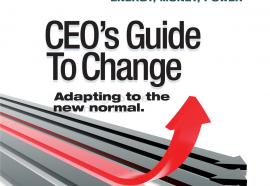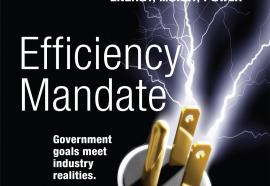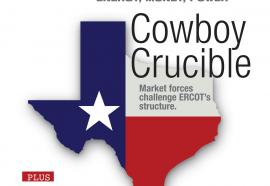Tres Amigas Tie Up
Synchronizing networks to bring green power to market.
In order to fully integrate wind and other dispersed sources of energy into the system, America’s patchwork transmission networks need to be more closely interconnected and synchronized. An advocate for the Tres Amigas merchant transmission project explains how the proposed facility will integrate the grid.







